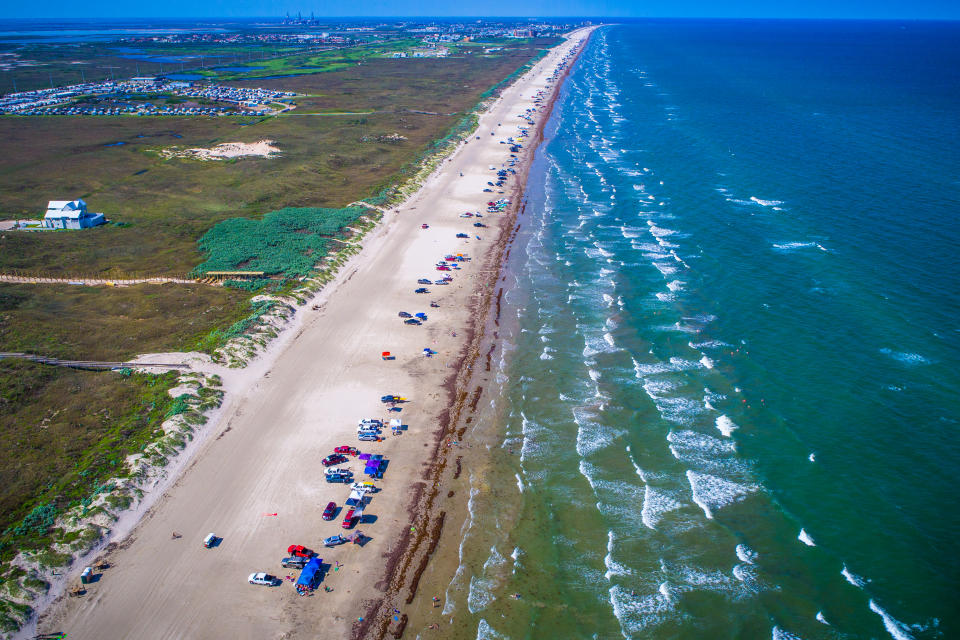More than 60 Valentine’s Day balloons wash up on beach
A clean up crew has found more than 60 Valentine’s Day balloons washed up on a beach.
Padre Island National Seashore, based off the coast of the US state of Texas, wrote on Facebook it found 65 balloons on the beach on February 15.
A day later, the group, which is part of the US’s government’s National Parks Service, found two more taking the total to 67. They were found across a stretch of beach more than 110km long.
“Balloons are a fun way to celebrate, but they end up being more harmful in the long-run. Many animals may be harmed by these tokens of affections,” Padre Island National Seashore wrote on Facebook.
“Sea turtles, for example, think they're jellyfish and will eat them. Other animals, like birds, may get tangled in the strings.”

The group determined the balloons “did not originate on the beach”.
The post was shared more than 1,300 times with many people thanking them for the clean up.
“Yes, sometimes they are purposely released,” one woman wrote.
“Sometimes they are let go accidentally. Sometimes, they are popped and go into a trashcan, but even that is no guarantee that it won’t somehow fall out if the can is blown over or while the can is being emptied. Better is to absolutely refuse balloons altogether.”
Another woman added the balloon find is “just terrible”.
“But it doesn't mean people shouldn't celebrate with balloons,” she wrote.
“It means we should be responsible with the balloons and dispose of them properly.”
'Disgraceful': Man slams dumpers after huge pile of rubbish left next to walking track
‘What a waste of a life': Dog walker makes 'terrible' discovery at popular lake
A study by CSIRO found balloons have the “highest chance of killing seabirds if eaten”.
“We predict that plastics ingestion in seabirds may reach 95 per cent of all species by 2050,” CSIRO said.
“Recent research shows that it takes only one piece of plastic to kill a turtle.”

A study published on Nature.com’s Scientific Reports journal in March last year found balloons are the “highest-risk debris item” and seabirds are “32 times more likely to result in death than ingesting hard plastic”.
“Of particular concern is that seabirds may select for balloons when foraging because of their resemblance to prey, especially squid,” the report reads.
“All balloons in this study were ingested by species that eat squid, suggesting these squid-feeding species are likely to have higher mortality rates.
“We suggest that reducing the presence of balloons and balloon fragments in the ocean would directly reduce seabird mortalities resulting from marine debris ingestion, and would have eliminated the 23 per cent of confirmed KD deaths (deaths from debris ingestion) in this study for which balloons were cause.”
Do you have a story tip? Email: newsroomau@yahoonews.com.
You can also follow us on Facebook, Instagram and Twitter and download the Yahoo News app from the App Store or Google Play.



